Rabbit farming is where rabbits are raised for their meat, and fur. The benefits of rabbit farming are many and varied. Rabbits are hardy, easy to keep and produce high-quality meat and fur. They are also good for the environment because they produce little waste.
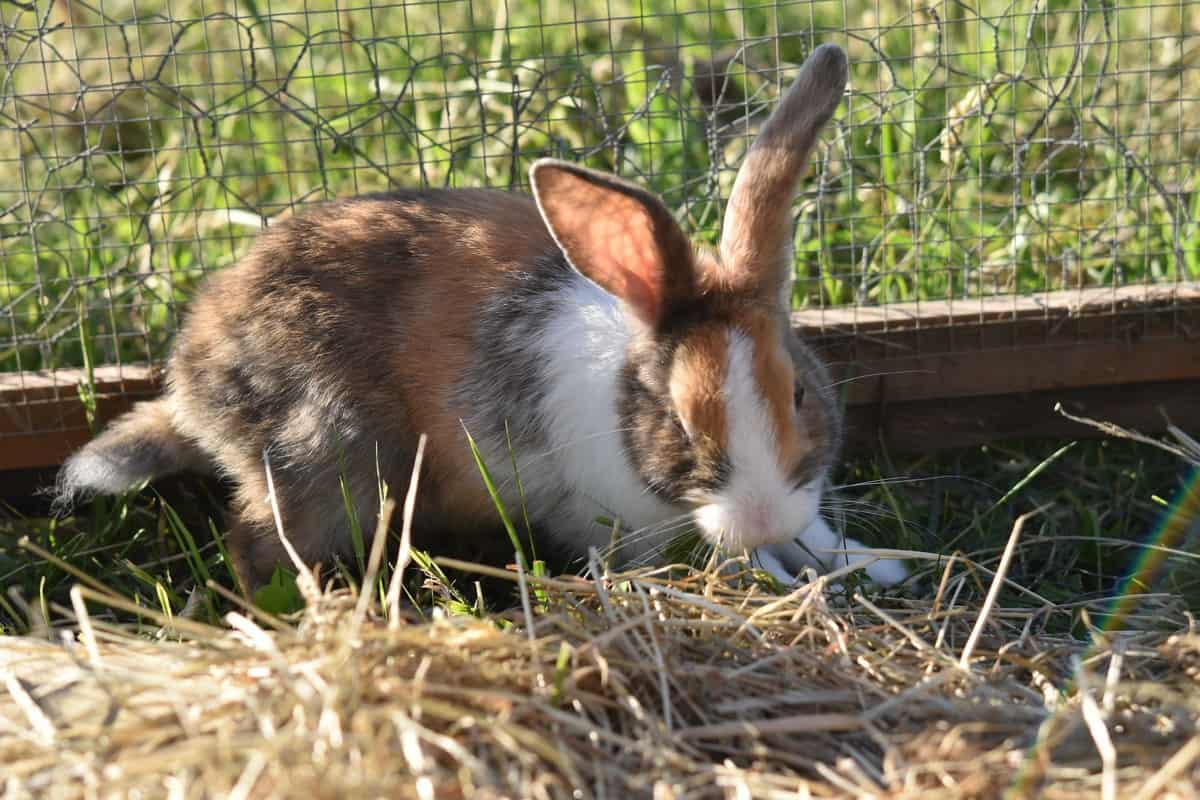
How to start Rabbit farming in Australia
What is rabbit farming?
Rabbit farming is a growing industry in Australia, and there are many reasons. One reason is that rabbits are easy to raise and produce high yields of meat. As a result, rabbit farming is one of the most efficient ways to produce food for a small farmer. Another reason why rabbit farming is becoming more popular in Australia is that rabbits are considered to be sustainable animals. They consume less food than other livestock, and their manure can be used as fertilizer.
Rabbit farming areas in Australia
There are several rabbit farming areas in Australia, with some of the most popular locations including Victoria and New South Wales. These regions are great for those who want to get into rabbit farming as they have a wealth of natural resources and ample land, making it relatively easy to set up your operation.
16 Australian states have rabbit farming industries, each with regulations and standards. In Tasmania, for example, rabbits must have access to sunlight and fresh air, be housed in hutches with a minimum of two animals per hutch, have a water supply, and be fed hay and pellets. New South Wales requires rabbits to be kept outdoors in barns but must have access to sunlight and fresh air. Finally, the Australian Capital Territory has the most restrictive regulations, requiring that rabbits only be kept indoors in cages with a minimum size of 250 square inches.
Common breeds of Rabbit in Australia
There are many rabbits in Australia, including the Australian desert rabbit, the New Zealand white rabbit, and the Angora rabbit. These rabbits are all common breeds of rabbits in Australia. Some other rabbit breeds are the American Rabbit, American Sable, Angora Rabbit, Belgian Hare, Beveren, Blanc De Hotot, Californian Rabbit, Cashmere Lop Rabbit, Dutch Rabbit, Dwarf Lop/Mini Lop Rabbit, Dwarf Angora Rabbit, Holland Lop Rabbit, Rex Rabbit, Netherland Dwarf Rabbit, French Lop Rabbit, and Satin Rabbit.
In case you missed it: How this Farmer Made 1 Lakh from Rabbit Farming – A Success Story
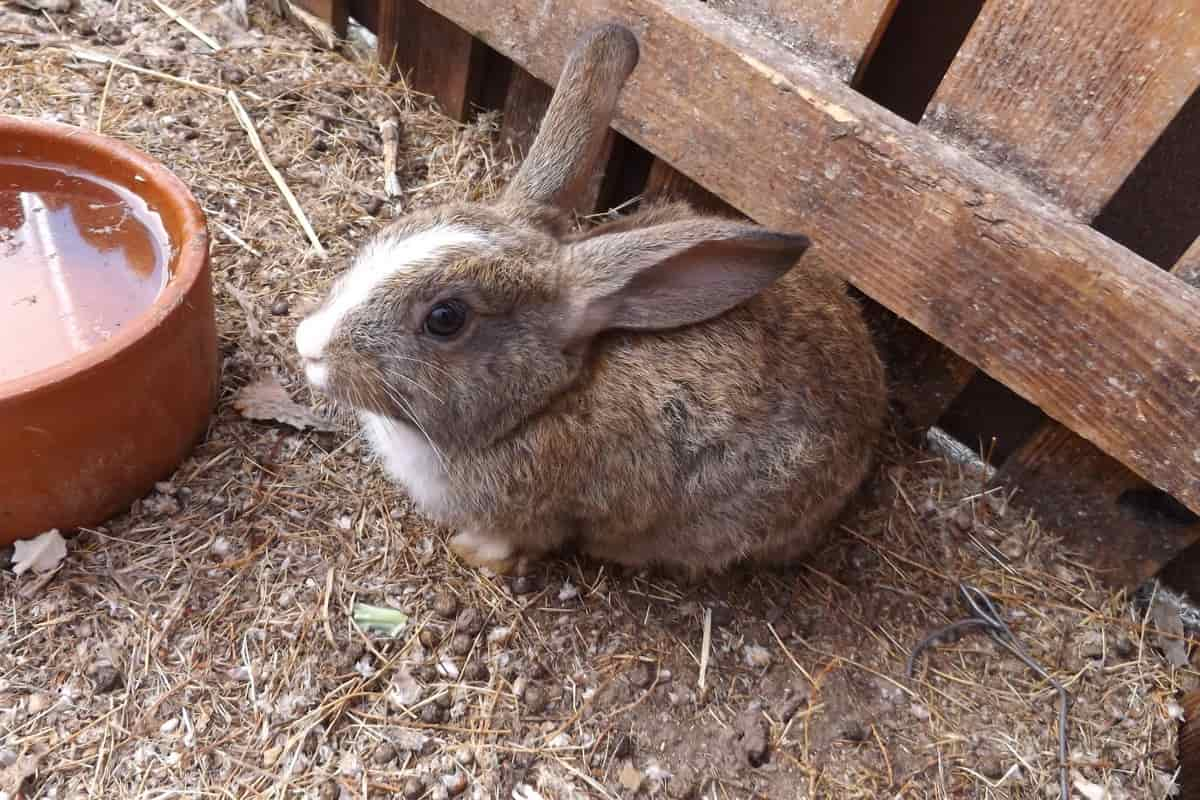
Tips to start a Rabbit farming business plan in Australia
- Rabbits need lots of space to run and play, so make sure you choose a location with plenty of room. A small yard can work, but if you have a large property, you may want to consider raising rabbits in colonies.
- Rabbits eat a lot, so be prepared to feed them every day or twice a day. Again, make sure the feed is fresh and contains the proper mix of vitamins and minerals.
- Maintain good health by providing clean water and straw shelters, ensuring their cages are clean, and providing enough hay and fresh vegetables. Be sure to socialize your rabbits regularly by letting them out of their cages for playtime. Be sure to research the different types of rabbit farming available to find the right one for your needs. Finally, get the appropriate permits and licenses before beginning the farm.
- Research rabbit farming businesses in your local area. This will help you to know the specific requirements of starting a rabbit farm in Australia.
- Gather accurate information about the cost of starting a rabbit farm in Australia. You must factor in initial costs such as fencing, run, hutches, feed, etc.
- Calculate how much capital you’ll need to start a rabbit farm in Australia. The amount will depend on your project’s size and budget constraints.
- Make a business plan for your bunny farming venture. This will include market analysis, production goals, marketing strategy, and financial calculations.
- Negotiate with landowners or landowner groups with potential property for your project. Be prepared to offer fair compensation for the use of their land.
- Get government approval if necessary and establish contacts with the Australian Rabbit Breeders Association (ARBA) or equivalent organizations to get started with rabbit breeding operations.
- Get all required permits from relevant authorities and commence construction work on your farm site. Complete the stocking phase by acquiring rabbits from reputable breeding suppliers (depending on region/location).
Rabbit farming importance in Australia
Rabbit farming is a very important industry in Australia due to the high demand for rabbit meat worldwide. There are two main types of rabbit farming in Australia- intensive and semi-intensive. Intensive rabbit farming involves keeping more rabbits per unit area than semi-intensive, which allows for higher meat production. Australia was responsible for exports worth AUS$ 2,430 million from its rabbit farms, making it one of the top five exporters of rabbit meat globally. The major markets for Australian Rabbit meat are Europe, Japan, China, and South Korea.
Rabbit meat is usually lower in fat and cholesterol than beef or lamb, which makes it a healthier option for some people. While there is no specific way to raise rabbits successfully, providing them with a healthy environment and enough hay, fresh vegetables, and other feedings to keep them happy and healthy is essential. Additionally, it’s important to be aware of pest control issues and keep an eye on your rabbits’ reproductive health to ensure they produce healthy litters of baby rabbits.
How do I feed my Rabbits?
Rabbits can be fed hay, fresh vegetables, and a small amount of fruit. Hay should be given in small amounts twice a day, and fresh vegetables and fruits can be given as feed once or twice a day.
In case you missed it: How to Start Rabbit Farming in the Philippines: Business Plan, Profit, Subsidy, Loans, and Requirements
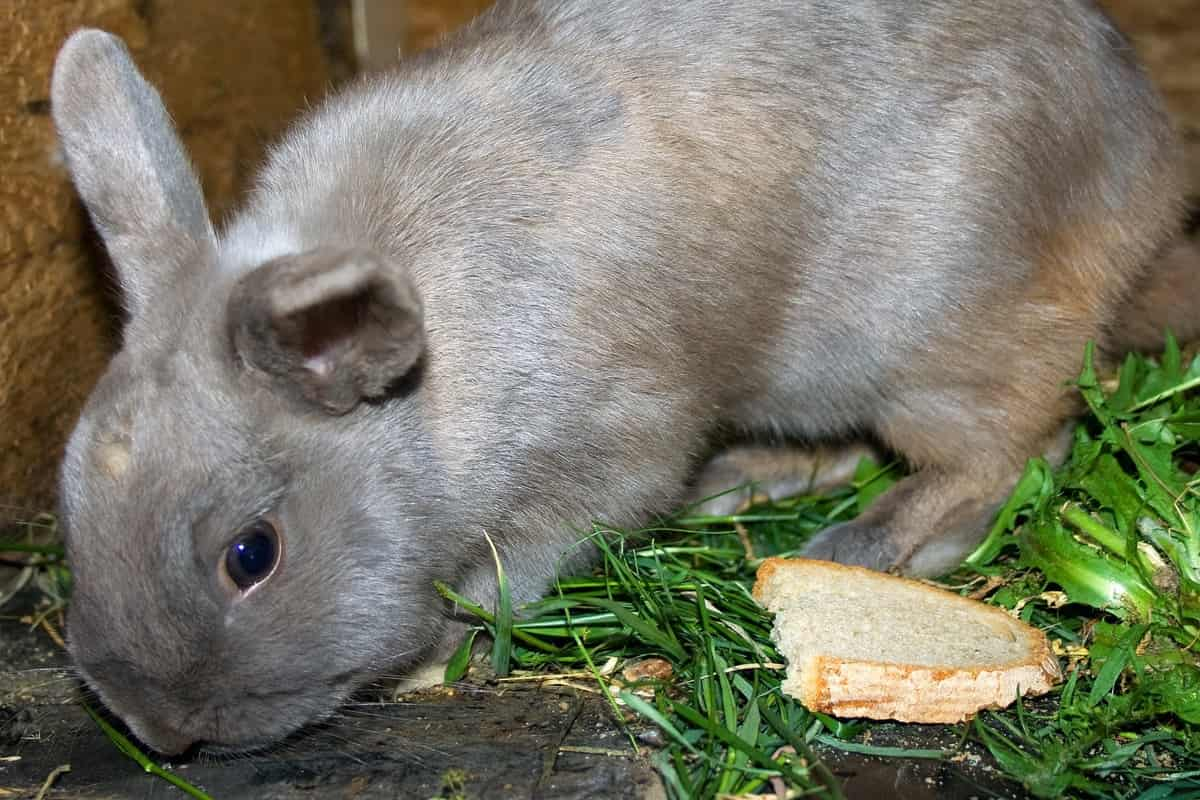
Small scale Rabbit farming in Australia
Australia is one of the world’s top rabbit-producing countries. The National Rabbit Production Survey estimates that around 1.5 million rabbits are kept in small-scale farming operations across the country. The main reasons for this success are the country’s temperate climate (which allows for year-round production), relatively easy access to fresh water, and good soil quality. While there are a few key challenges associated with rabbit farming, such as disease and pests, these can be managed through effective animal husbandry practices and diligent pest control.
Free-range Rabbit farming in Australia
Free-range rabbit farming is a popular and sustainable way to produce food for rabbits. The method involves raising rabbits in outdoor pens without cages or wire floors, allowing them to roam and forage freely. This allows the rabbits to consume natural grasses and herbs, which provides them with all the nutrients they need to thrive.
Rabbits are versatile animals that can be raised for their meat and fu. They are also one of the most popular pets in Australia. Free-range rabbit farming offers advantages over traditional rabbit production methods, such as reduced waste output, lower environmental impact, and better animal welfare.
Tips on raising Rabbits in Australia
- Rabbits are native to Australia, and they were originally domesticated here. Today, they’re widely kept as pets, and their meat is considered a delicacy in some parts of the world.
- Australian rabbits are smaller than their U.S. counterparts and have shorter ears, making them less efficient runners than their American cousins. But these little guys make up for it with their cute personalities and friendly natures.
- You’ll need to provide plenty of hay and fresh food pellets when raising rabbits. They love both of those things and will go crazy if you don’t give them enough. You should also provide a warm place to sleep – Australian rabbits get cold easily – and lots of water.
Rabbit production methods in Australia
Rabbit production methods in Australia vary depending on the region, with most farms using a mixed farming system. Farmers generally feed their rabbits hay, fresh vegetables, and small grain. The rabbits are then housed in huts or sheds where they will eat and sleep. Some farms also allow the rabbits to run around outdoors.
New technologies in Rabbit farming in Australia
- Use of artificial lighting. This helps get rabbits to feed earlier in the morning and late at night, which leads to increased production.
- Use a heating pad or infrared lamp to help keep the rabbits warm in the wintertime.
- Use automatic watering systems that automatically water the bunnies, depending on their activity level or thirstiness.
Is Rabbit farming profitable in Australia?
There is a growing demand for rabbit meat in Australia as the popularity of rabbit farming continues to grow. Rabbit farming can be profitable if you can keep your costs low while producing a high meat yield.
Do you need a licence to breed rabbits in Australia?
Establishments and individuals breeding animals for their use does not require this license, provided certain conditions are met. If you are considering breeding rabbits in Australia, you must get a license from the government. This is because rabbits are classified as livestock and, as such, need appropriate care and management.
In addition, keeping more than four rabbits without a license at any time is illegal. You will also need to comply with all relevant animal welfare laws. For example, you must provide your rabbits with clean water and food and ensure adequate shelter from the weather. You must also ensure that your rabbit hutches are ventilated and cool during summer.
In case you missed it: How to Start Rabbit Farming in the Philippines: Business Plan, Profit, Subsidy, Loans, and Requirements
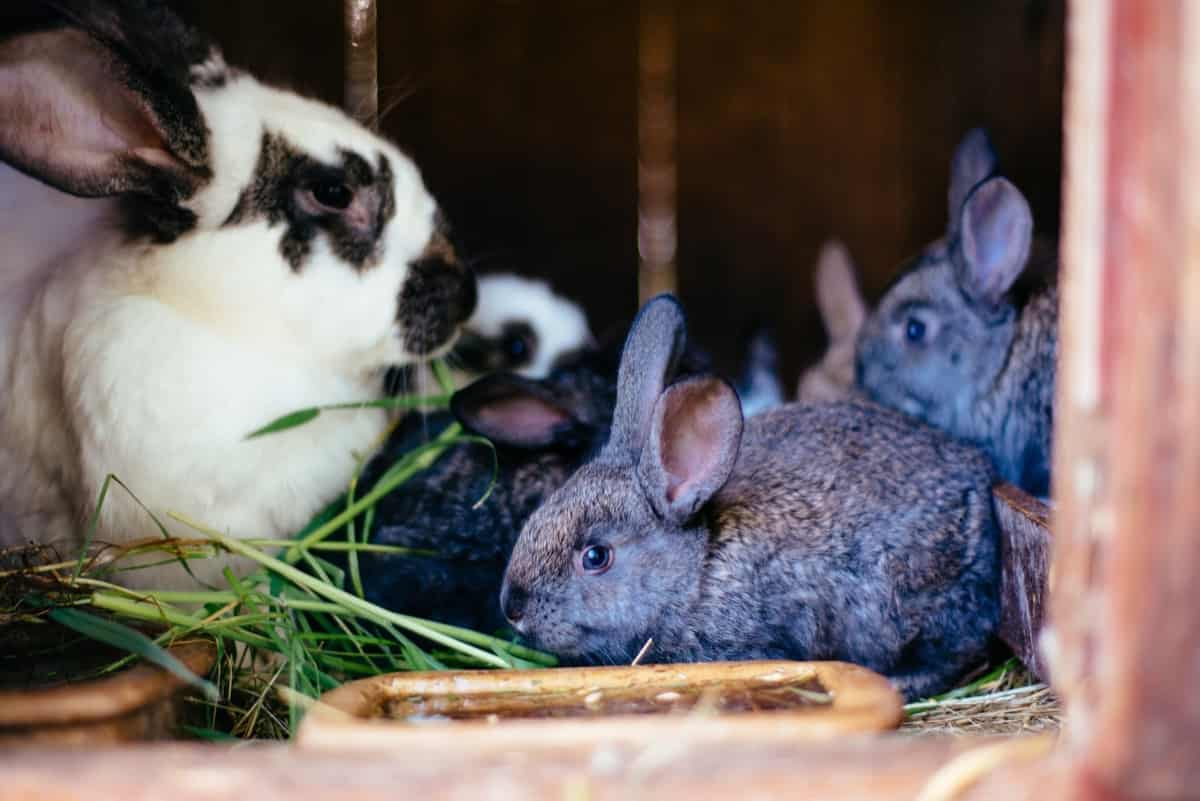
Key rules to start Rabbit farming in Australia
- Rabbit farming is a relatively new agricultural industry in Australia, and many regulations and guidelines still need to be followed to succeed.
- Many people start rabbit farming as a hobby, and as the industry grows, there are more opportunities for those with a passion for rabbits to get into it full-time.
- The main requirements for starting rabbit farming are land, shelter, and feed. The amount of land required will vary depending on the type of rabbit farm being established, but generally, it will range from 1-5 hectares (2-13 acres).
- Shelter is key for rabbits, and they need somewhere to live that is comfortable and safe. This can be done by constructing a hut or pen out of sturdy materials or using an existing barn or shed.
- Feed is also important for rabbits, who need a high-quality diet to thrive. There are many different types of feed available for rabbit farmers, but some of the most common include hay, fresh vegetables, and fruit, supplemented with specially formulated pellets or food blocks.
Housing for commercial Rabbit farming in Australia
Commercial rabbit farming in Australia is a growing industry, and many different housing options are available to farmers. The three most common types of commercial rabbit housing are barns, hutches, and cages. Barns are the most common type of housing for commercial rabbit farming because they provide plenty of room for rabbits to move around and have high enough ceilings to allow rabbits to jump.
Hutches are similar to barns but have smaller spaces and less ventilation. Finally, cages are the least common type of commercial rabbit housing because they are only suitable for small numbers of rabbits, and they don’t provide as much space as barns or hutches.
What to consider before starting Rabbit farming in Australia?
- Location – The first thing you will need to decide is where your farm will be located. You’ll need to consider whether you want it near populated areas or more space for your animals. Also, consider whether you want to live on the property or have someone else manage it.
- Feeding and watering – Another important factor to consider is how you will feed and water your rabbits. You’ll need to figure out what feed they will eat and how often they need water. Be sure also to have plenty of fresh water available for them.
- Housing and fencing – You’ll also need to start setting up housing for your rabbits and constructing fencing around their area. This will help protect them from other animals and keep them safe while they’re on the property.
Commercial Rabbit farming in Australia
Commercial rabbit farming in Australia has been growing slowly but steadily for the past decade. This is mainly due to factors, including the relatively high cost of rabbits and the lack of feed specific to rabbit farming needs. However, this industry is showing signs of growth with the increasing popularity of rabbit products such as rabbit meat, liver oil, and fur.
In case you missed it: How to Start Rabbit Farming in the USA: Key Rules, Business Plan, Cost, Profit, and Management
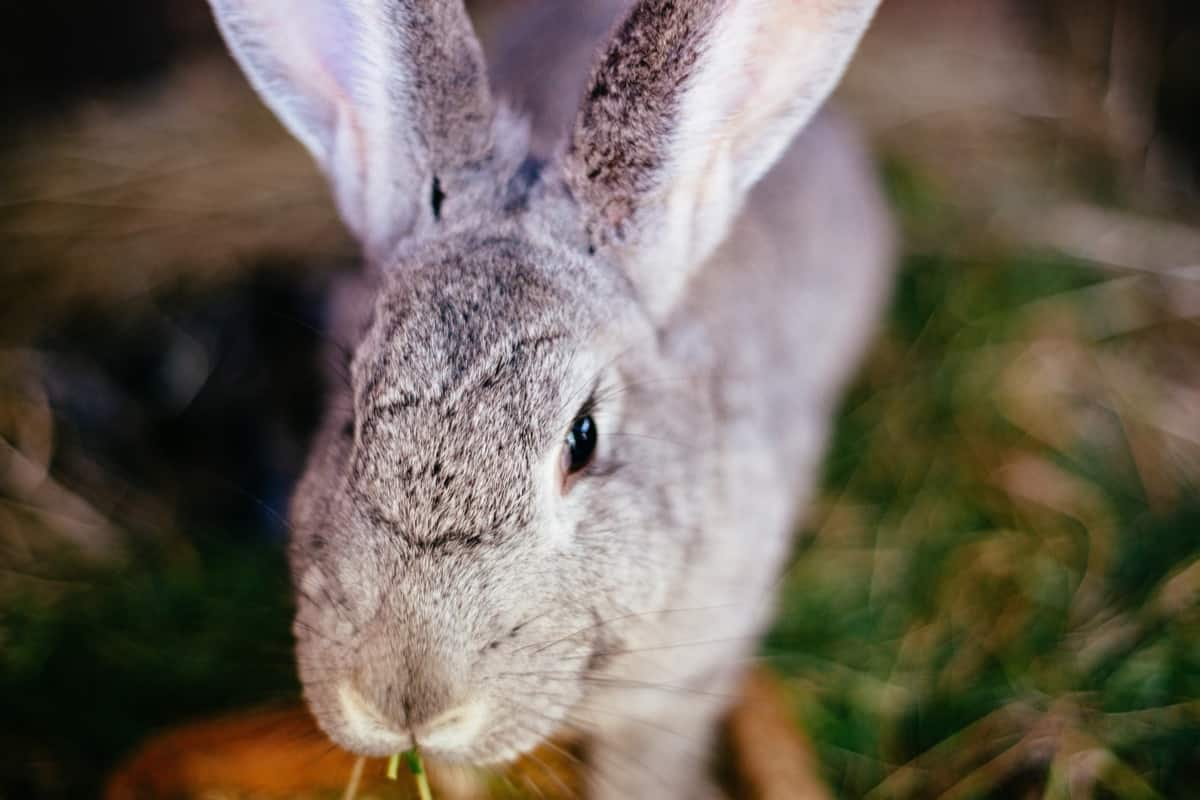
There are currently around 1,000 commercial rabbit farms in Australia, with an estimated population of around 2 million rabbits. The vast majority (90%) of these farms are located in New South Wales and Queensland, while smaller numbers are found in Victoria and Western Australia. The average farm size is around 150 breeding females and 50 liters annually.
Rabbit farming loans and subsidies in Australia
Several rabbit farming loans are available from the government and non-government lenders. The interest rates for these loans vary, but they typically have lower interest rates than other types of loans. To get a rabbit farming loan, you must provide documentation, such as your business plan, bank statements, and proof of ownership of the land where you plan to build your farm.
Several subsidies are also available for those wishing to start rabbit farming in Australia. These subsidies can include financial assistance with building or purchasing your farm equipment, fertilizers, or herbicides. To qualify for these subsidies, you will need to provide documentation that shows that you have attempted to find funding sources elsewhere and that this funding has not been available or affordable.
Care and management of Rabbit farming in Australia
- Feeding your rabbits correctly is another key factor in profitability. Make sure you feed them pieces of fresh fruit and vegetables instead of processed food, as this will provide them with the proper nutrition for growth and health. You can also add hay to their diet to promote healthy digestion.
- Rabbits should be housed in a secure enclosure that they can access only through a door. The enclosure should have hay, fresh water, and food available. In addition, the enclosure should be clean and free of harmful stimuli, such as cats or other animals.
- Feeding your rabbit a high-quality diet is essential for their health and well-being.
Rabbit farming set-up cost in Australia
The cost of setting up a rabbit farm in Australia can vary depending on the size and type of farm. Setting up a rabbit farm can be expensive, depending on the size of your operation. In addition, the cost of land, fencing materials, and other supplies will vary depending on the location you choose for your farm. The fencing, bedding, food, and equipment costs can range from $1,000 to $10,000. The main expenses for running a rabbit farm are feed and health care.
What are the problems faced by Rabbit farmers?
One main problem is that rabbits are not very efficient at converting feed into meat, requiring a lot of food to produce a small amount of meat. Another problem is that rabbits are susceptible to disease and parasites, which can be fatal if not treated quickly. Additionally, rabbits do not reproduce very quickly, meaning it takes a lot of effort to start and maintain a farm full of rabbits.
Different problems are faced by rabbit farmers in Australia, depending on the region. For example, in some areas, such as New South Wales and Queensland, rabbits are raised for their meat, whereas in others, they are raised for their fur. Some common problems that rabbits face include disease, predation by foxes and cats, a difficulty raising enough food and water due to a limited land area, and climate change.
In case you missed it: How to Start Rabbit Farming in South Africa: Key Rules, Breeds, Business Plan, Cost, Profit, Subsidy, and Loan
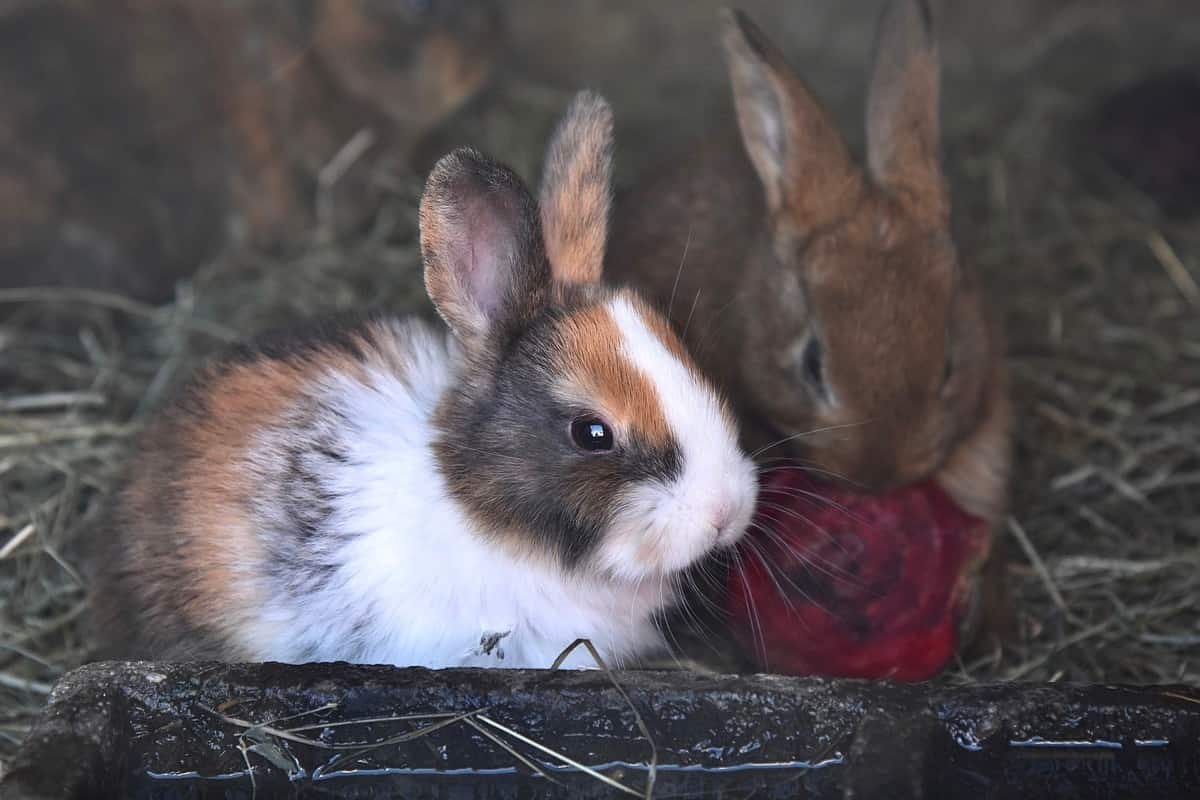
Challenges of Rabbit farming in Australia
- Australia is one of the leading rabbit-producing countries in the world. Rabbit farming is a popular agricultural activity in Australia because rabbits are hard and easy to manage. However, some challenges farmers face when raising rabbits in Australia.
- One of the biggest challenges for rabbit farmers is obtaining enough feed for their animals. Rabbits eat a lot and need a lot of food to survive. This is especially true during winter when feed is scarce. In addition, rabbits can be destructive if they have access to inappropriate areas or items, so keeping them contained and secure is important.
- Another challenge that rabbit farmers face is diseases and parasites. In Australia, diseases such as Newcastle disease and tuberculous meningitis are common among rabbits. Parasites such as blowfly larvae can also be a problem. Farmers must take measures to prevent these problems, such as using effective biosecurity practices.
Conclusion
Rabbits can live in hutches or cages and need minimal space. They eat grass, hay, pellets, and vegetables. They can be kept as pets or used for their meat and fur. Rabbit farming also helps conserve water resources since the rabbits don’t require as much water as other livestock do.
- Types of Pesticides Used in Agriculture: A Beginner’s Guide
- Economical Aquaculture: A Guide to Low-Budget Fish Farming
- 15 Common Planting Errors That Can Doom Your Fruit Trees
- How to Make Houseplants Bushy: Effective Tips and Ideas
- Innovative Strategies for Boosting Coconut Pollination and Yield
- Pollination Strategies for Maximum Pumpkin Yield
- The Complete Guide to Chicken Fattening: Strategies for Maximum Growth
- Natural Solutions for Tulip Problems: 100% Effective Remedies for Leaf and Bulb-Related Issues
- Revolutionizing Citrus Preservation: Towards a Healthier, Greener Future
- Natural Solutions for Peony Leaf and Flower Problems: 100% Effective Remedies
- Maximizing Profits with Avocado Contract Farming in India: A Comprehensive Guide
- Natural Solutions for Hydrangea Problems: 100% Effective Remedies for Leaf and Flowers
- The Ultimate Guide to Choosing the Perfect Foliage Friend: Bringing Life Indoors
- From Sunlight to Sustainability: 15 Ways to Use Solar Technology in Agriculture
- The Ultimate Guide to Dong Tao Chicken: Exploring from History to Raising
- The Eco-Friendly Makeover: How to Convert Your Unused Swimming Pool into a Fish Pond
- Mastering the Art of Delaware Chicken Farming: Essentials for Healthy Backyard Flocks
- 20 Best Homemade Fertilizers for Money Plant: DIY Recipes and Application Methods
- How to Craft a Comprehensive Free-Range Chicken Farming Business Plan
- Brighten Your Flock: Raising Easter Egger Chickens for Beauty and Bounty
- How to Optimize Your Poultry Egg Farm Business Plan with These Strategies
- Subsidy for Spirulina Cultivation: How Indian Government Schemes Encouraging Spirulina Farmers
- Ultimate Guide to Raising Dominique Chickens: Breeding, Feeding, Egg-Production, and Care
- Mastering the Art of Raising Jersey Giant Chickens: Care, Feeding, and More
- Ultimate Guide to Raising Legbar Chickens: Breeding, Farming Practices, Diet, Egg-Production
- How to Raise Welsummer Chickens: A Comprehensive Guide for Beginners
- How to Protect Indoor Plants in Winter: A Comprehensive Guide
- Ultimate Guide to Grow Bag Gardening: Tips, Tricks, and Planting Ideas for Urban Gardeners
- Guide to Lotus Cultivation: How to Propagate, Plant, Grow, Care, Cost, and Profit
- Agriculture Drone Subsidy Scheme: Government Kisan Subsidy, License, and How to Apply Online
- Ultimate Guide to Raising Araucana Chickens: Breed Profile, Farming Economics, Diet, and Care
- Bringing Hydroponics to Classroom: Importance, Benefits of Learning for School Students
- Ultimate Guide to Raising Polish Chickens: Breed Profile, Farming Economics, Diet, and Care
- Ultimate Guide to Raising Australorp Chickens: Profile, Farming Economics, Egg Production, Diet, and Care
- Silkie Chicken Farming: Raising Practices, Varieties, Egg Production, Diet, and Care
- Sussex Chicken Farming: Raising Practices, Varieties, Egg Production, Diet and Care